12 Amazing Benefits Of Using Curd For Skin And Hair
By: Priyanka Maheshwari Tue, 18 June 2024 2:57:42
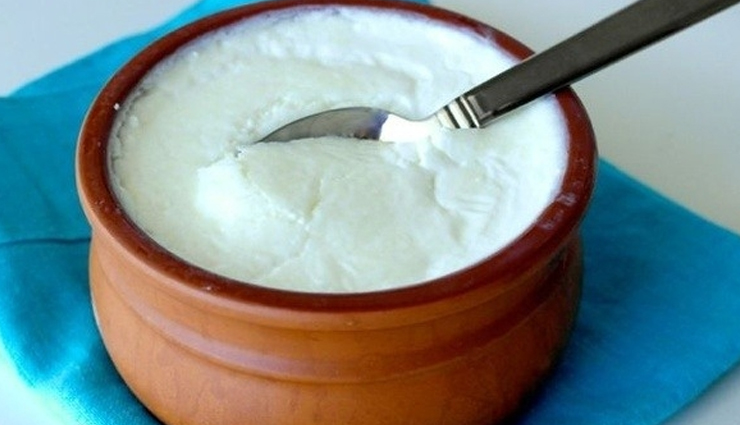
Curd, also known as yogurt in many parts of the world, is a versatile dairy product that has been a staple in diets and beauty routines across various cultures for centuries. Its origins date back to ancient times when milk was naturally fermented by lactic acid bacteria, resulting in the tangy, creamy substance we know today.
Curd is a fermented dairy product made by curdling milk with a bacterial culture. The fermentation process involves the conversion of lactose (milk sugar) into lactic acid by bacterial strains such as Lactobacillus delbrueckii and Streptococcus thermophilus. This lactic acid acts on the milk proteins, giving curd its characteristic texture and tangy flavor.
Types of Curd
- Plain Curd: Made from milk and bacterial cultures without any additives. It has a mildly tangy taste and smooth texture.
- Greek Yogurt: A strained version of regular yogurt, resulting in a thicker consistency and higher protein content.
- Flavored Yogurt: Contains added flavors and sweeteners, such as fruit or vanilla, and is often enjoyed as a dessert or snack.
- Probiotic Yogurt: Enriched with specific strains of beneficial bacteria that offer additional health benefits, particularly for digestive health.
Benefits of Curd for Skin
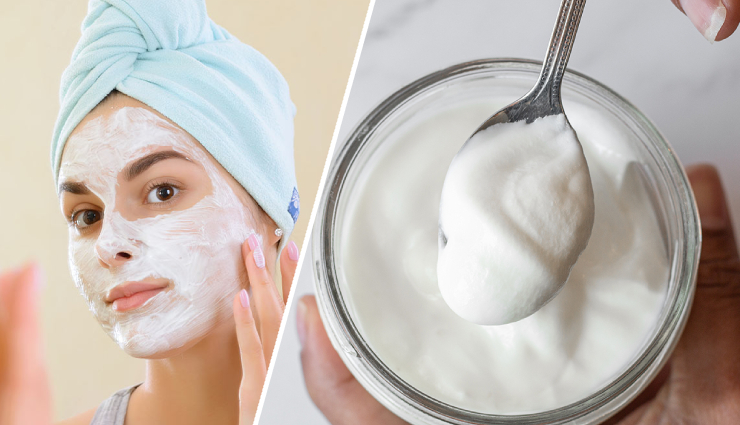
# Moisturization
Curd is rich in lactic acid and fats, which help hydrate the skin, making it soft and supple.
How to Use: Apply plain curd directly to your face as a mask. Leave it on for 15-20 minutes and then rinse with lukewarm water.
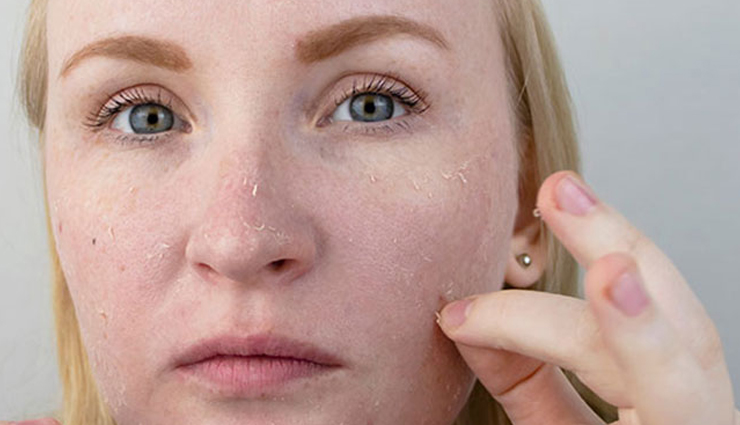
# Exfoliation
The lactic acid in curd gently exfoliates dead skin cells, revealing a brighter complexion.
How to Use: Mix curd with a bit of sugar or ground oats and gently scrub your face in circular motions before rinsing off.
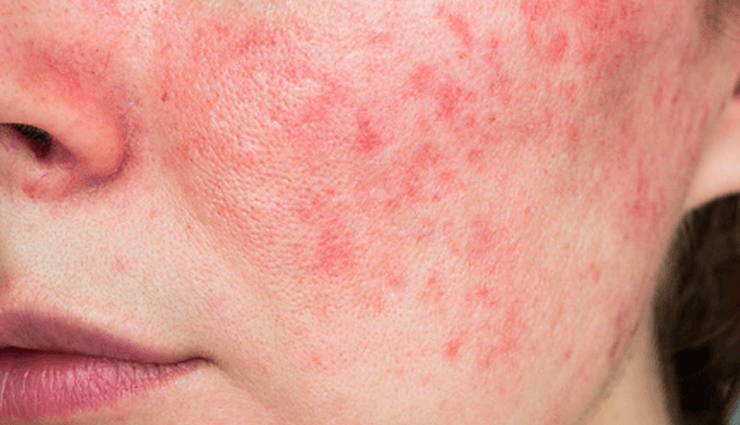
# Skin Brightening
Curd can help lighten dark spots and pigmentation due to its mild bleaching effect.
How to Use: Combine curd with a few drops of lemon juice and apply to dark spots. Leave for 10-15 minutes before rinsing.
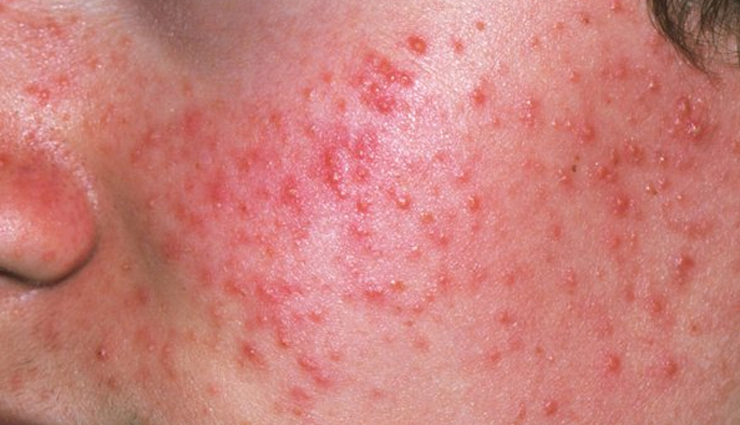
# Acne Treatment
Curd contains probiotics and antibacterial properties that help combat acne-causing bacteria and reduce inflammation.
How to Use: Apply a thin layer of curd to affected areas, leave it on for 15 minutes, and rinse with cool water.
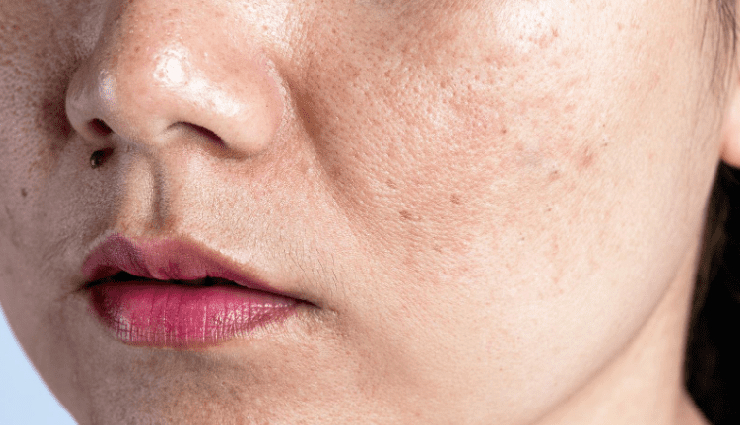
# Soothing Sunburn
Curd has a cooling effect that can provide relief from sunburn and reduce redness.
How to Use: Apply chilled curd directly to the sunburnt area. Leave it on for 20-25 minutes before washing off.
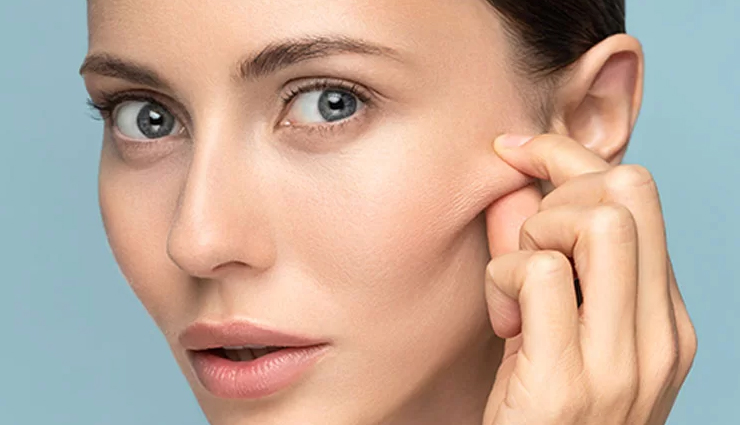
# Anti-Aging Benefits
The antioxidants in curd can help fight free radicals, which cause skin aging, and improve skin elasticity.
How to Use: Mix curd with honey and apply as a mask to reduce fine lines and wrinkles.
Benefits of Curd for Hair

# Conditioning
Curd acts as a natural conditioner, making hair softer and smoother.
How to Use: Apply curd to damp hair and leave it on for 30 minutes before rinsing with a mild shampoo.
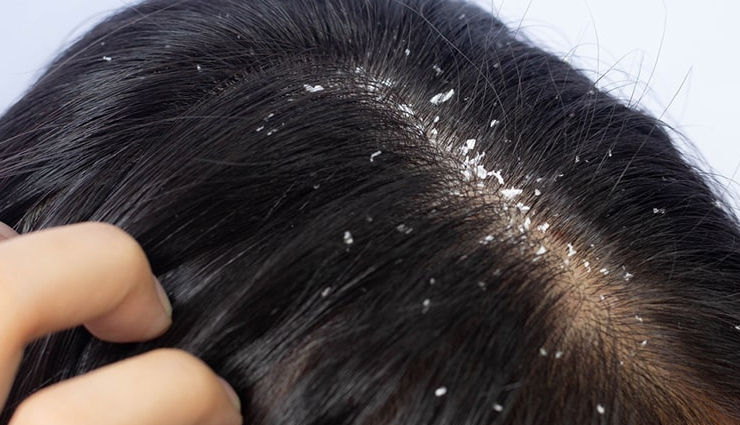
# Dandruff Control
The antifungal properties of curd can help reduce dandruff and soothe the scalp.
How to Use: Massage curd into the scalp, leave it for 30 minutes, and then rinse thoroughly.

# Promoting Hair Growth
The nutrients in curd, including proteins and vitamins, nourish the scalp and hair roots, potentially promoting hair growth.
How to Use: Combine curd with fenugreek powder or curry leaves paste, apply to the scalp, and leave for an hour before washing off.
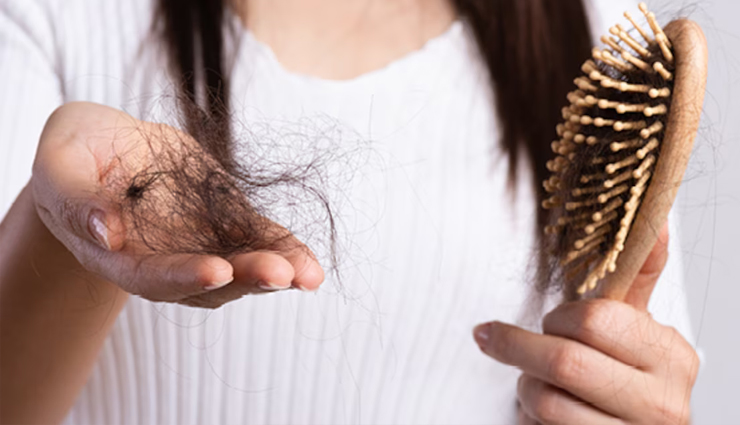
# Reducing Hair Fall
Curd helps in strengthening hair follicles, reducing hair fall.
How to Use: Mix curd with amla (Indian gooseberry) powder and apply to the scalp and hair. Leave it on for 30-40 minutes before rinsing.
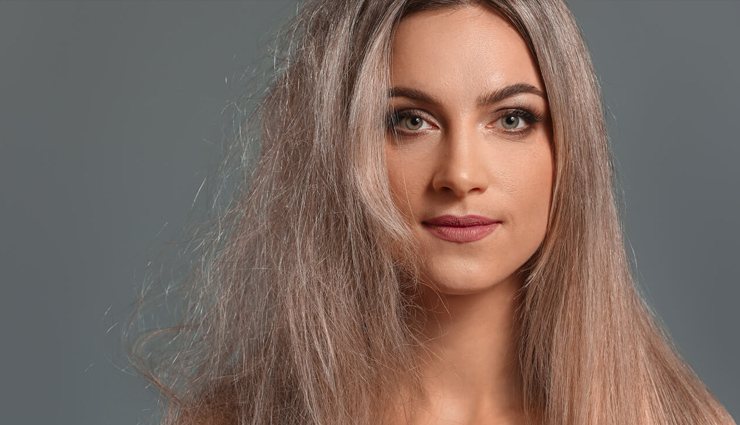
# Controlling Frizz
Curd helps to smoothen frizzy hair by moisturizing and nourishing it.
How to Use: Apply curd mixed with a little olive oil to frizzy hair, leave for 20 minutes, and rinse with lukewarm water.
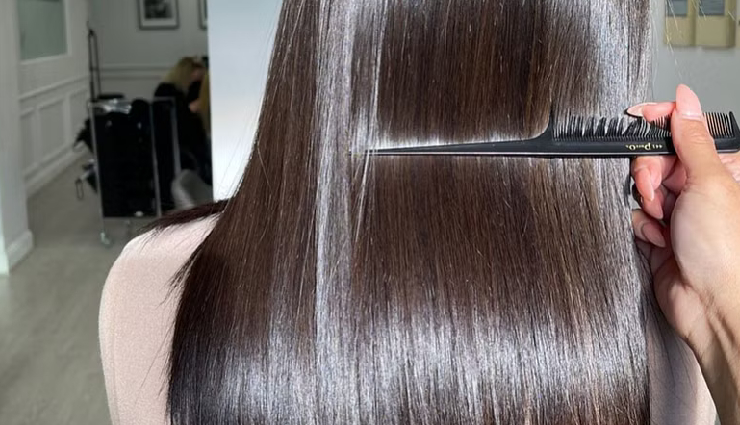
# Natural Shine
Curd can give your hair a natural shine due to its hydrating and nourishing properties.
How to Use: Mix curd with egg white and apply to the hair. Leave for 30 minutes and rinse with cold water.





